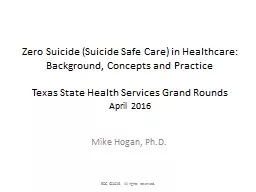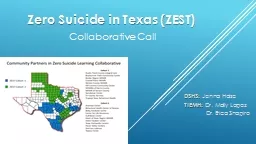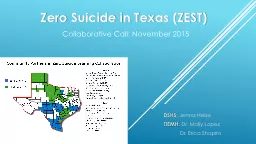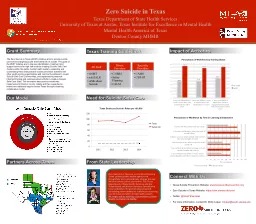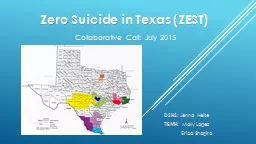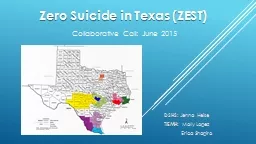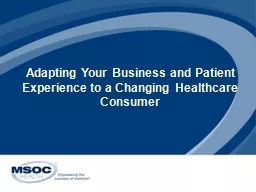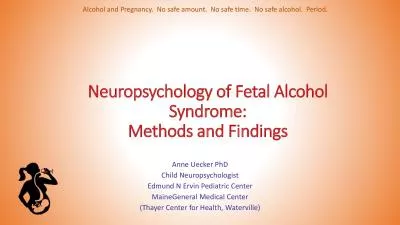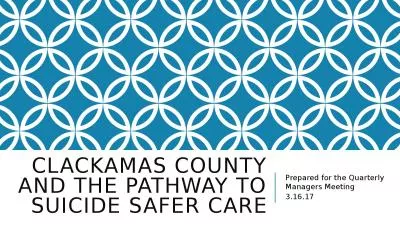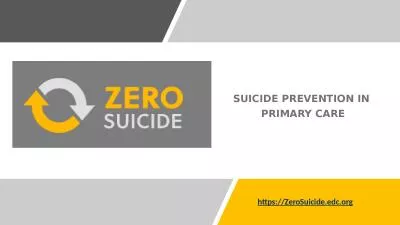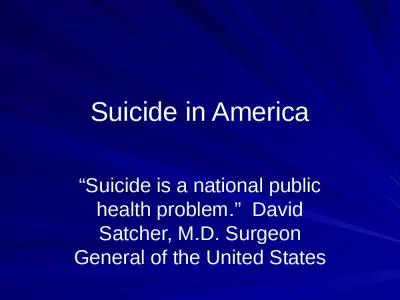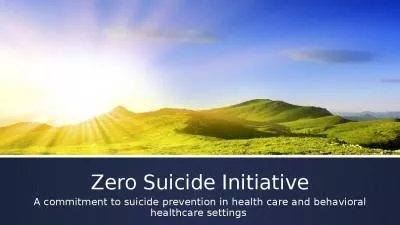PPT-Zero Suicide (Suicide Safe Care) in Healthcare:
Author : webraph | Published Date : 2020-08-05
Background Concepts and Practice Texas State Health Services Grand Rounds April 2016 Mike Hogan PhD EDC 2016 All rights reserved Health Care Progress Measured by
Presentation Embed Code
Download Presentation
Download Presentation The PPT/PDF document "Zero Suicide (Suicide Safe Care) in Heal..." is the property of its rightful owner. Permission is granted to download and print the materials on this website for personal, non-commercial use only, and to display it on your personal computer provided you do not modify the materials and that you retain all copyright notices contained in the materials. By downloading content from our website, you accept the terms of this agreement.
Zero Suicide (Suicide Safe Care) in Healthcare:: Transcript
Download Rules Of Document
"Zero Suicide (Suicide Safe Care) in Healthcare:"The content belongs to its owner. You may download and print it for personal use, without modification, and keep all copyright notices. By downloading, you agree to these terms.
Related Documents

